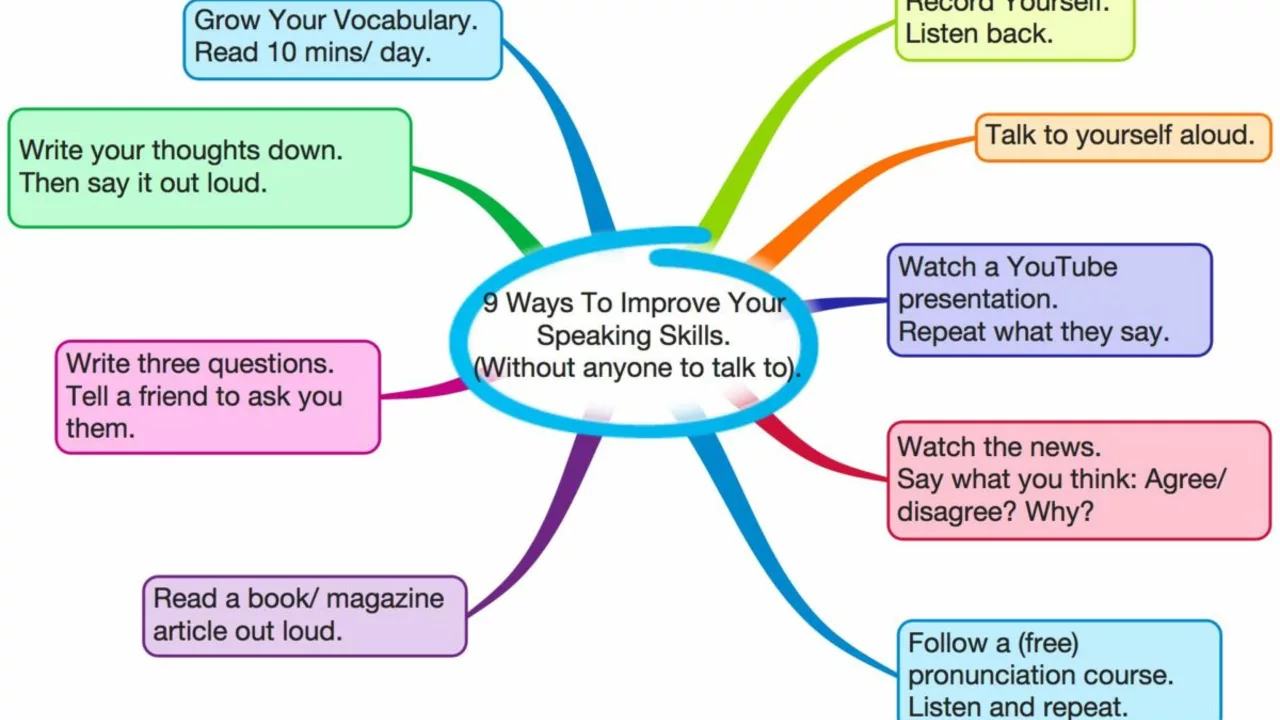
The Essence of Techniques in Art
Back in my early art days, I remember my daughter Esme having this intense interest in finger painting. There was something so innocent and direct about her approach – the way she would plunge her little fingers into the vibrant paints and then smudge, swipe, and swirl them onto the canvas. However, as charming as those early finger-painting sessions were, they were a stark reminder to me of the importance of technique in the wonderful world of art.
The Basics of Art Techniques
Techniques define the way an artwork is created. Drawing, painting, sculpting – they all require a distinct set of skills, an understanding of materials, and most importantly, the application of certain techniques. As I maneuvered my way through the quagmire of paints, brushes, and canvases, I realized that mastering art isn't simply about reproducing what you see. Instead, it's about learning and applying a variety of techniques to give your work depth, texture, and emotion. Just like in cooking, where you need to learn specific techniques (like whisking, sautéing, or roasting) to bring the ingredients together, techniques in art allow us to shape our individual visions into tangible works of art.
Techniques: Adding Depth to your Art
Different techniques can add depth to your pieces. A vanilla skyscape can transform into a dynamic play of colors with blending, a simple portrait can become alive with intricate texturing, and a still object can seem palpable with the judicious use of shading and lighting. Just like Esme’s finger paintings have evolved into detailed art pieces as she started using brushes and sponges, your art too can evolve with the incorporation of various techniques. We don't think of it often, but using a certain technique is like having a conversation with your art - you're not just putting pen to paper or brush to canvas, you're translating your ideas and emotions into a visual language that everyone can understand.
The Evolution of Art Techniques
Art techniques have evolved over time, mirroring the metamorphosis of human expression and ingenuity. From primitive drawings etched into cave walls, to exquisitely detailed Renaissance frescoes, to the diverse styles of modern art – every era has seen artists experimenting with techniques to better express their unique perspectives. I like to think that every brush stroke, each pencil line is a testament to centuries of artists trying, failing, and ultimately succeeding in their search for the perfect technique.
Blending Into The User's Imagination
I remember this one incident when Esme was around 7 years old. She would insist on painting the sky pink. Now, as an art lover, I was torn between letting her express her creativity, and teaching her the ‘proper’ way of painting a sky. Ultimately, I decided to teach her the technique of color blending. We started with a vibrant pink at the base, then gradually blended it into a soft orange, and finally into a pale blue at the top. The excitement on her face as she saw the colors meld into each other, creating a beautiful sunrise (or sunset, depending on the interpretation) was priceless! And that’s what techniques do - they give shape to the kaleidoscope of our imagination.
Unity in Techniques: A Multiplicity of Possibilities
Each technique, while distinct, is not exclusive. Each one can be paired with others, either subtly or starkly, to create a whole spectrum of textual and visual effects. You can use cross-hatching with stippling in drawing, blending with dry-brush in painting, or even mix digital techniques with traditional modes. The possibilities are endless, and that's the joy of it. It's like blending ingredients in a meal – sometimes you follow the recipe, other times you go off-book. The point is, there are no limits to what you can create when you understand and appreciate the multitude of art techniques at your disposal.
Perfecting Techniques: A Lifelong Pursuit
Perfecting an art technique is a lifelong pursuit. It requires a delicate balance of patience, practice, and improvisation. Like an old anecdote goes - An art student asked his teacher how long it would take him to paint like him. The teacher thought for a moment and said "Ten years". The student, looking startled, asked "But what if I work really hard?" The teacher replied, “Then twenty years.” The point is, rushing doesn’t help, only consistent practice does. So arm yourselves with patience and start this wonderful journey into the world of art techniques.
Wrapping Up: Techniques as an Adventure
So, to wrap up this artful expedition, I want to emphasize that learning techniques is an adventure. It's like stepping into a realm full of thoughts and ideas that are just waiting to be given form. Just like Esme, who graduated from simple finger painting to creating masterpieces of her own, may you too ascend your artistry. Remember, every artist was first an amateur. It’s the persistence in learning techniques that elevates you from an amateur to an artist.
So here's to art, techniques, and the beautiful process of creating!
Comments